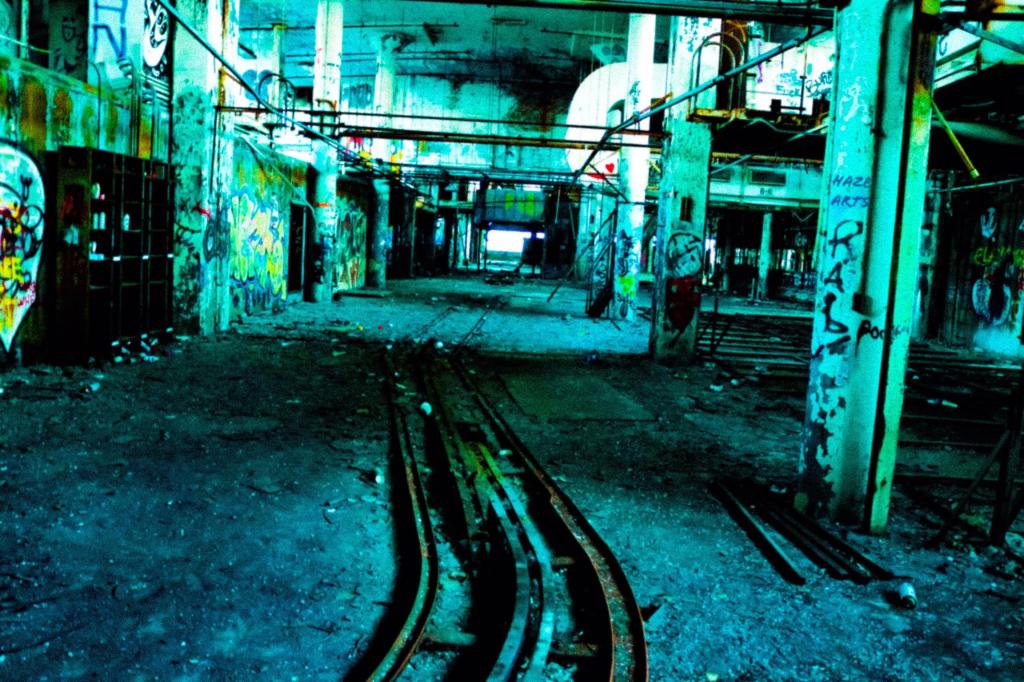Abandoned factories are a common sight in many urban areas around the world. These large structures, once bustling with activity and production, now sit empty and forgotten. Urban explorers have taken an interest in these abandoned factories as they provide a unique opportunity to explore the history of our industrial past.
One reason for the abundance of abandoned factories is due to changes in manufacturing practices. As technology advances, companies often move their operations to more efficient and cost-effective facilities. This leaves behind older factories that are no longer needed or too expensive to maintain.
In addition to this, economic downturns can also lead to factory closures. During times of recession, companies may struggle financially and be forced to shut down operations entirely. This leaves behind abandoned factories that serve as a reminder of the economic struggles faced by communities.
The impact of these abandoned factories on surrounding neighborhoods can be significant. The presence of these structures can contribute to blight and decay within communities, making them less attractive places to live or do business in. Additionally, these abandoned buildings can pose safety risks as they deteriorate over time and attract criminal activity.
Despite these negative impacts, there are some who see the potential for repurposing these abandoned factories into something positive for their communities. Adaptive reuse projects aim to transform old industrial spaces into new uses such as apartments, office spaces, or community centers.
One example of successful adaptive reuse is Detroit’s Eastern Market district which was once home to several large-scale food processing plants but has since been transformed into a thriving market district complete with restaurants and shops selling locally sourced produce.
While it’s true that not all abandoned factory buildings lend themselves well to adaptive reuse projects due to structural issues or contamination concerns from years of industrial use; when done right adaptive reuse projects have the potential for significant positive effects on local economies by creating jobs while revitalizing formerly unattractive areas back into vibrant ones again.
With so many factors at play regarding why so many former industrial sites are abandoned, it’s no surprise that they remain a source of fascination for urban explorers. The process of exploring these forgotten places is not only an adventure but also a way to connect with the past and appreciate the history of our cities.
Urban explorers who visit these abandoned factories can document and share their findings through photography or writing, offering a glimpse into what was once there. This documentation can be valuable in preserving the memory of these spaces as well as educating others about the impact of changing economic conditions on communities over time.
In conclusion, abandoned factories serve as an important reminder of our industrial past while highlighting the challenges faced by communities in adapting to changes in manufacturing practices and economic downturns. While their presence can contribute to blight and decay within neighborhoods, adaptive reuse projects provide opportunities for repurposing these buildings into something positive for local economies. Urban explorers play an important role in documenting and sharing information about these structures, promoting appreciation for history while encouraging us all to think creatively about how we might transform them for future use.

Leave a comment